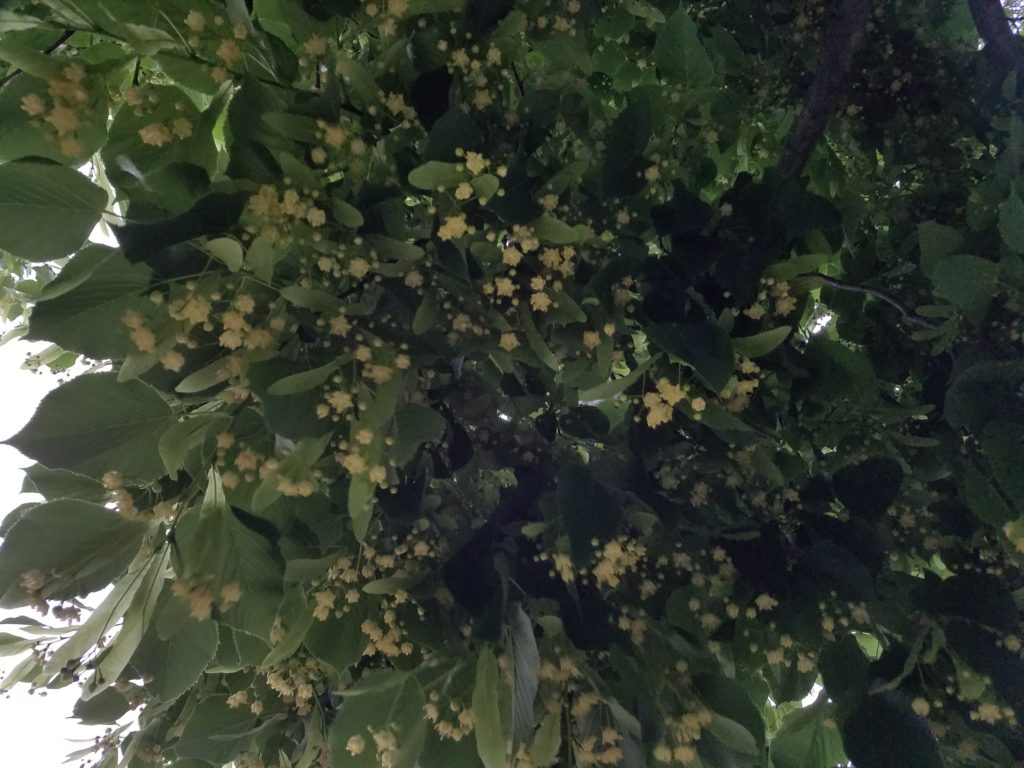
Dripping with the scent of honey-drenched blooms, the branches bowed under the bountiful weight, as if curtsying to an eager and appreciative crowd. The same could not be said for the neighboring evergreens.
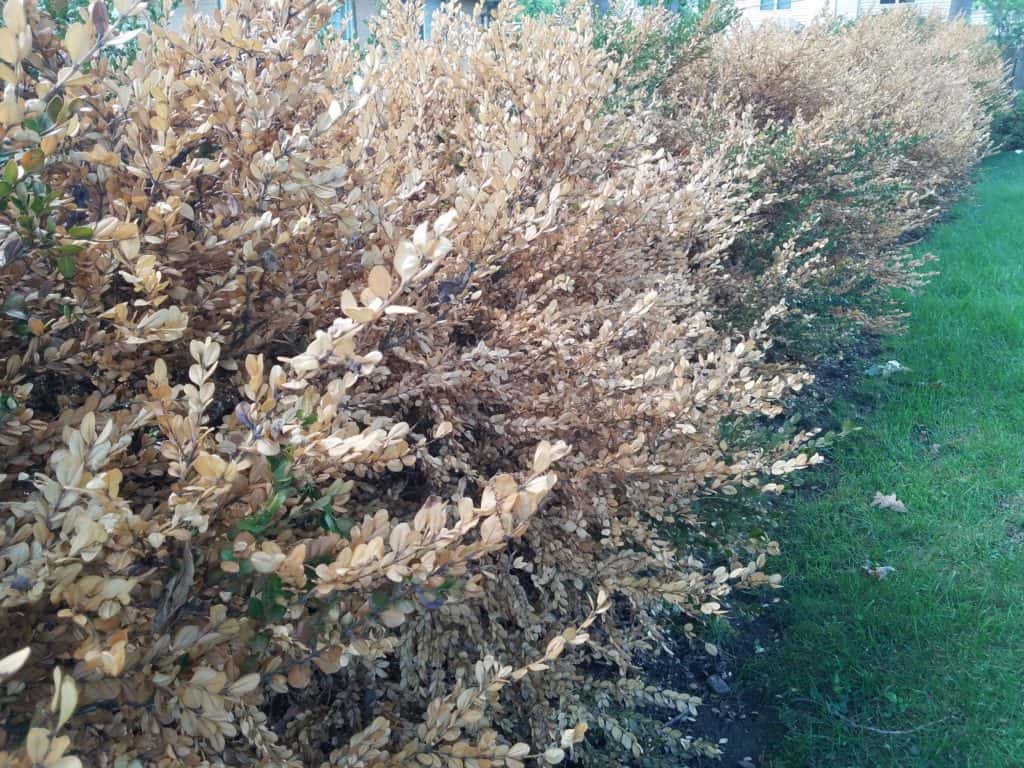
Winter scorch, thanks to an extremely cold and snowy winter, has affected many evergreens, like Boxwood, Yew and Holly. Because the plants’ foliage was transpiring water faster than the roots could absorb, if at all because of the prolonged frozen ground, the foliage began to wilt and turn brown. Even with sun and warming Spring temperatures, the ground remained frozen, as water continued to evaporate from the leaves. Basically, they succumbed to dehydration.
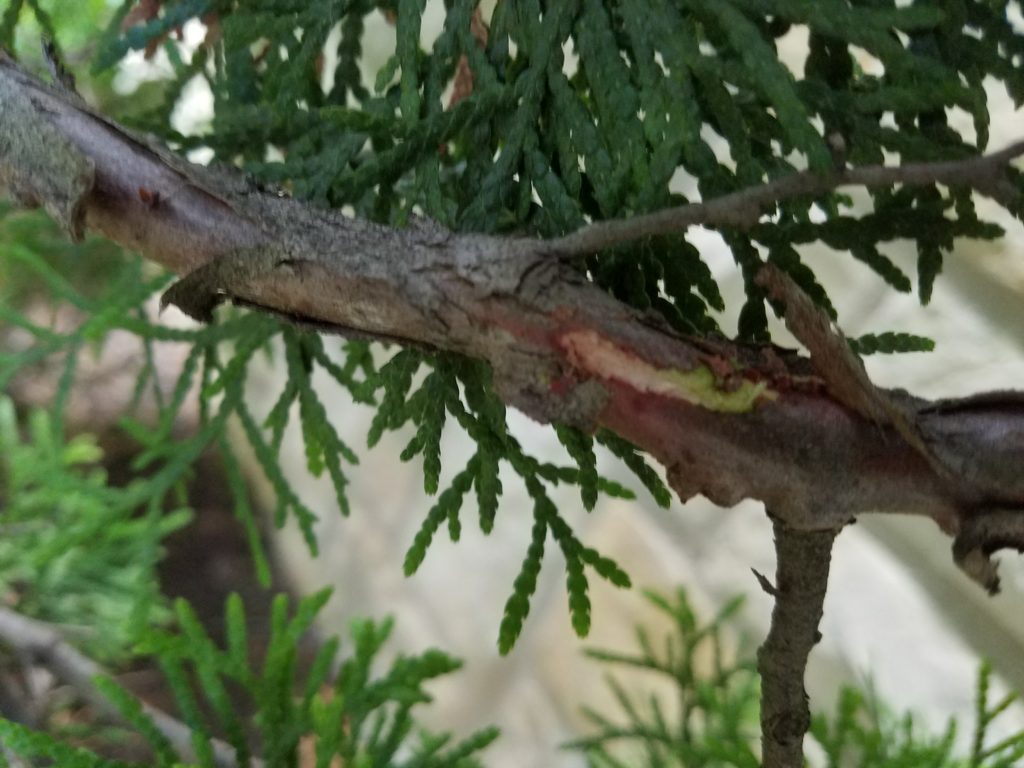
Some evergreens will require light pruning, while others will require more serious, deep pruning. Before you begin, gently scratch the stems to reveal if there is live, green tissue. If there is, leave well enough alone as the dead foliage will eventually drop, and the plant will bounce back with some time and patience. If the tissue is dead, pruning will be needed, and in some cases, the plant may be a total loss.
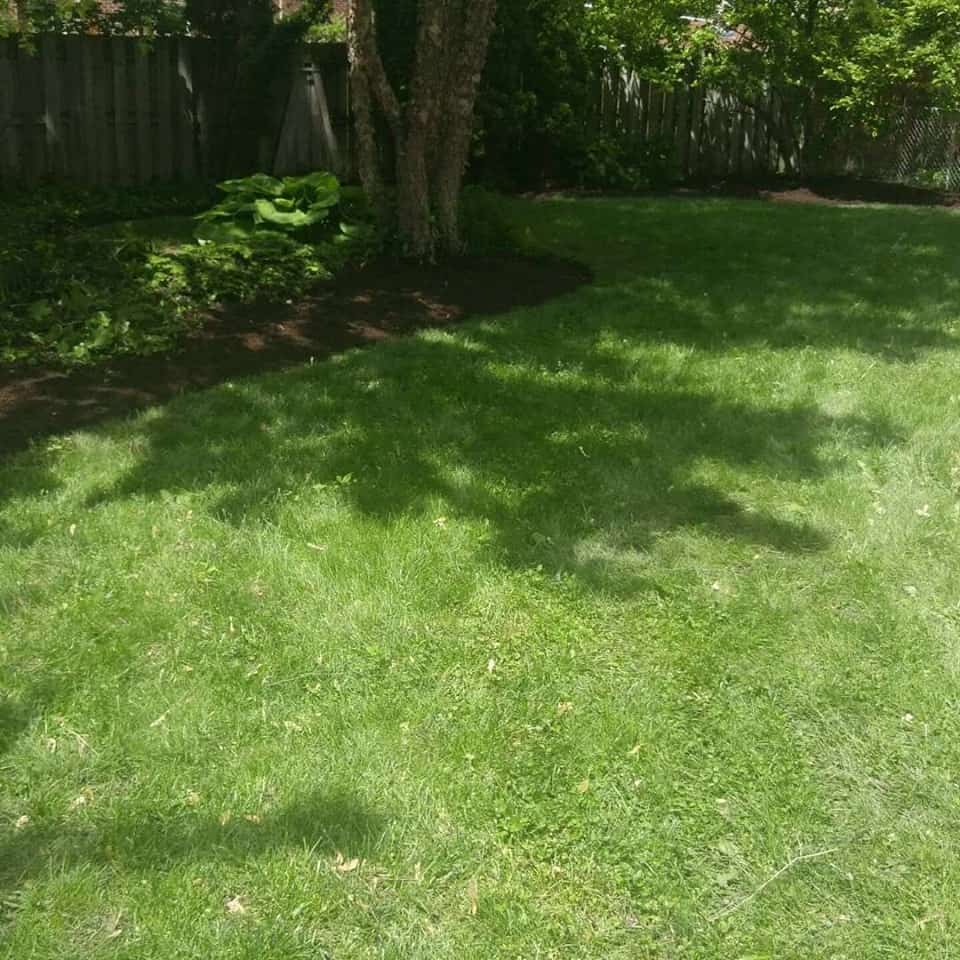
To help prevent winter scorch, look to proper maintenance techniques. Make sure plants are mulched, which as you know, helps maintain moisture. Additionally, ensure plants are well hydrated before going into Winter, and in some cases, consider applying anti-desiccants. Not sure if your evergreens will bounce back? Need help pruning or replacing plants? Reach out to Sweeney’s today!
Plant of the Week
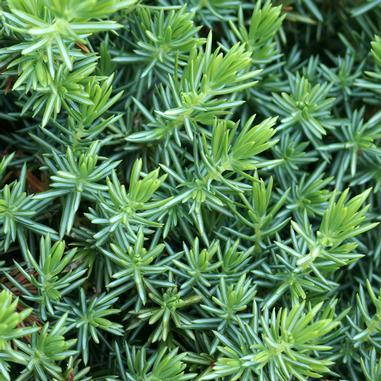
Blue Pacific Juniper
Low spreading evergreen with dense, bluish-green foliage makes a lovely groundcover. Prefers full sun and moist, well-drained soil, although is more shade tolerant than other Junipers. Grows 8-12″ tall and 6-8′ wide. Drought and salt tolerant.
“The hard soil and four months of snow make the inhabitants of the northern temperate zone wiser and abler than his fellow who enjoys the fixed smile of the tropics.”
-Ralph Waldo Emerson
Best wishes,
Kim Sweeney
